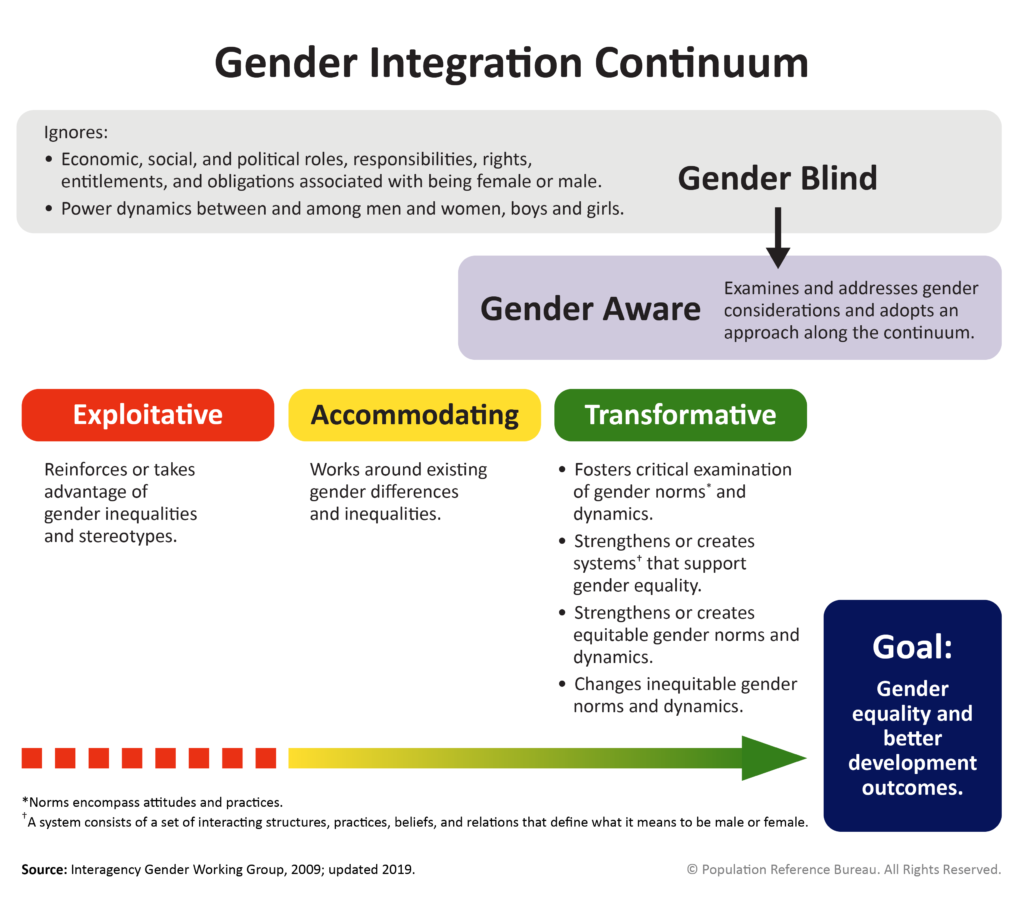UNFPA APRO developed tools for country offices and partners to strengthen gender-based violence (GBV) and disability inclusion programming, including a tip-sheet on disability inclusion in GBV programming and a GBV and disability inclusion assessment tool. The lessons learned from the implementation of the tools informed this documentation on promising practices and innovative approaches to disability inclusion in GBV programming adopted by UNFPA country offices and their partners in the Asia-Pacific region. Read More
Fact Sheet
Shared Roots, Different Branches: Deepening Knowledge of Child Marriage in Diverse Settings
To ensure the accessibility of the Journal of Adolescent Health's research supplement, "Shared Roots, Different Branches", this advocacy summary synthesizes the supplement's key themes, such as how parental and community pressures, vague laws, poverty, and unintended pregnancy can push girls (and sometimes boys) into early marriage; how these factors shape girls’ experiences within marriage; and how to address the root cause of child marriage: patriarchal control of girls’ sexuality. Read More
COVID-19 and Violence Against Women: The Evidence Behind the Talk
This study, conducted in Bangladesh, India, Indonesia, Malaysia, Nepal, Thailand, the Philippines, and Singapore, conducted an analysis of big data to better understand pre- and post-COVID perceptions and concerns around violence against women. The webinar recording from the launch can be found here (passcode: i!Ci2MH4), the slides from the presentation can be found here, and a three-page fact sheet on the study can be found here.Read More
DO’s & DON’Ts for Engaging Men & Boys: Available in Arabic, English, French, Kiswahili, Portuguese, and Spanish
Gender and Social Inclusion and COVID-19: Impacts and Recommendations for Agriculture and Market Systems Project Implementation
Marginalized people become even more vulnerable during emergencies, and it’s important for governments and organizations to consider how to incorporate a gender and social inclusion lens into their COVID-19 responses and adaptations. This ACDI/VOCA brief examines and provides specific recommendations that can help address these gender dynamics.Read More
Preventing Violence Against Women During the COVID-19 Pandemic
The COVID-19 pandemic presents a global crisis that is exacerbating violence against women (VAW). As in past pandemics, women will bear the brunt of emergent risks to public health, safety, and human rights. Activist organizations have an essential role to play. Raising Voices has developed a series of practical Guidance Notes to support activist organizations in adapting and sustaining their VAW prevention activities.Read More


